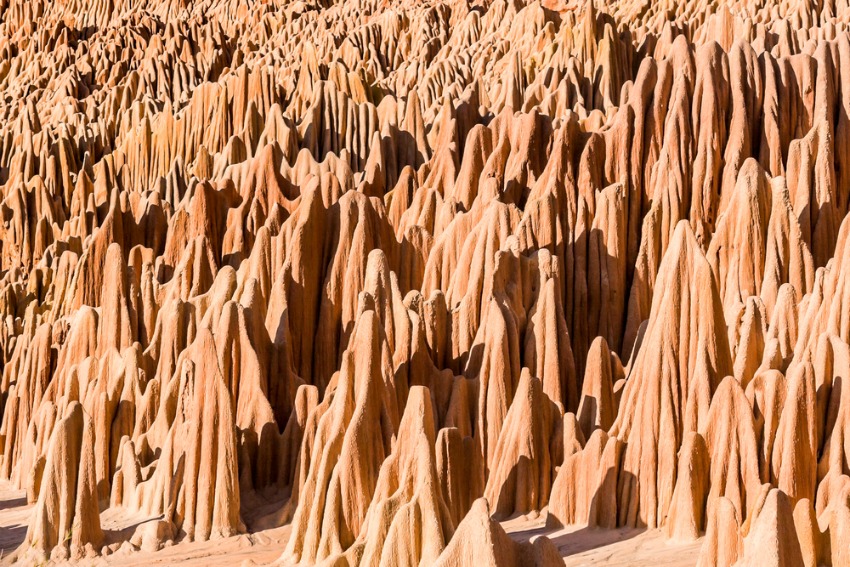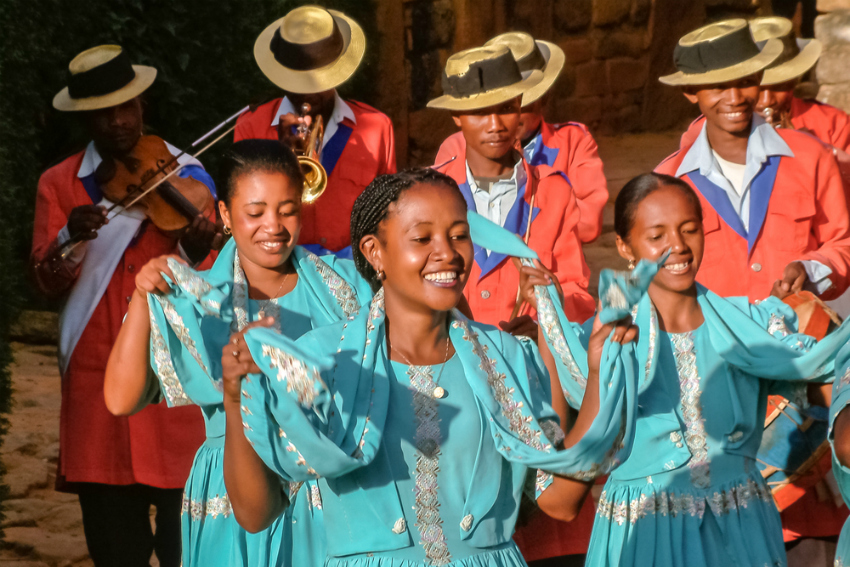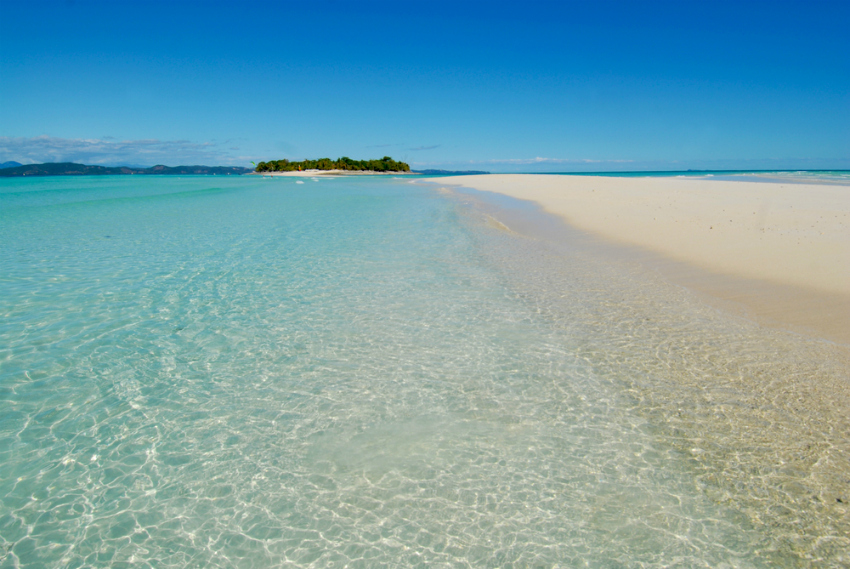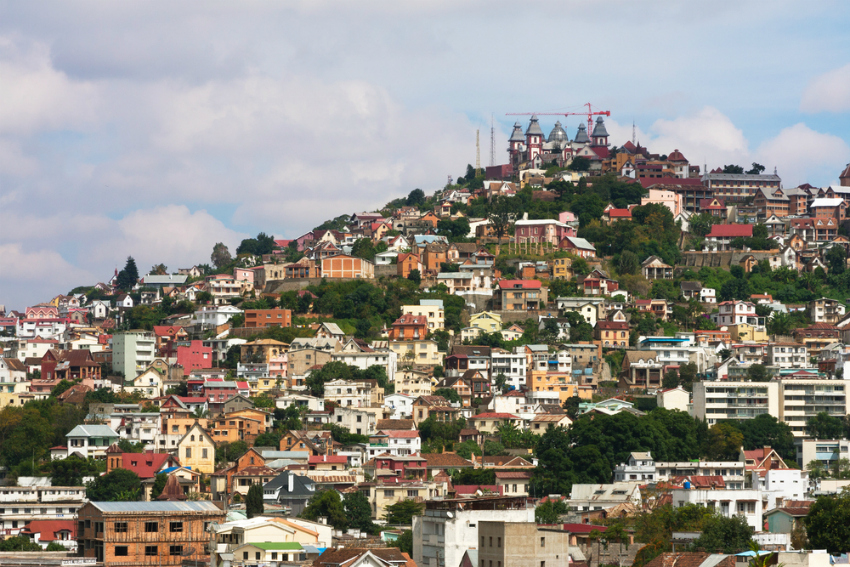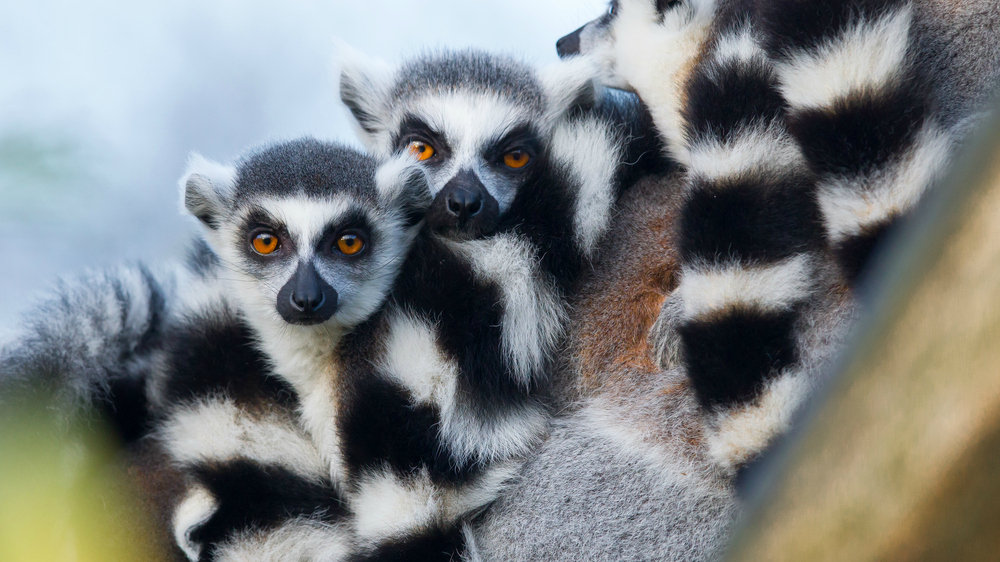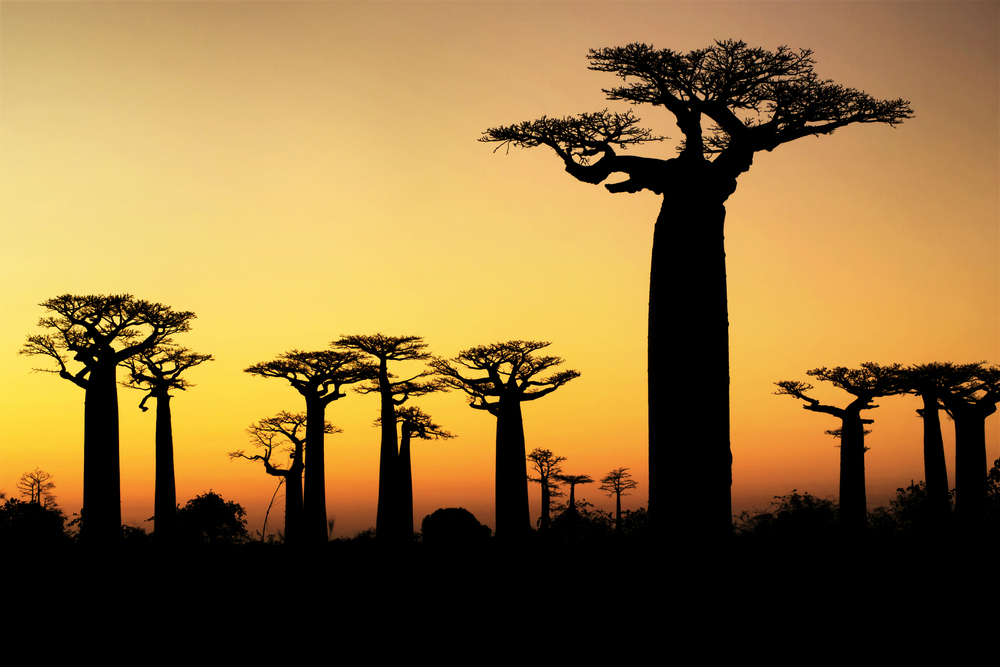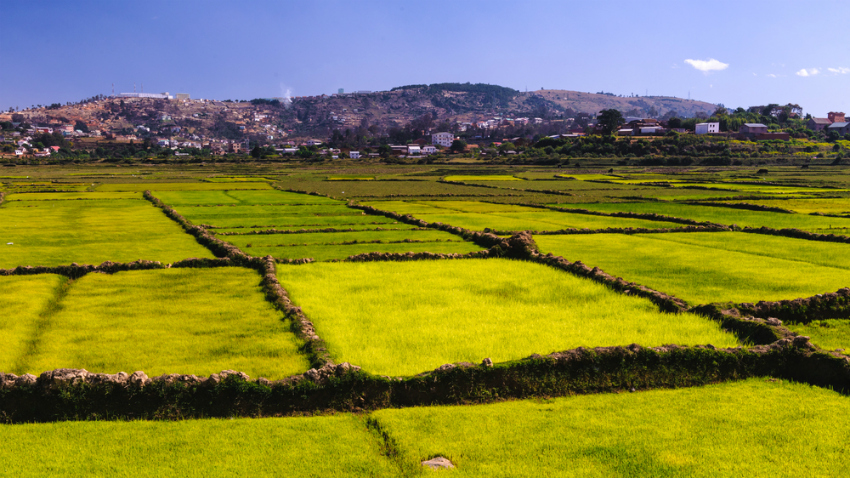Madagascar receives very few tourists, which is a shame, because it’s one of the most stunning places on earth. Unfortunately most people’s familiarity with the island begins and ends with the DreamWorks movie — which is cute, but not entirely accurate (um, there are no penguins in Madagascar!)
Here are 10 fantastic things to know about this vibrant African country, which will make you want to visit Madagascar NOW.
The red Tsingy are geologic formations unique to Madagascar, found in the northern tip of the island. They were formed millions of years ago as sandstone was overlaid by red clay. Erosion wore the clay down, exposing the tall reddish sand columns underneath.
Although geographically Madagascar is a lot closer to mainland Africa than Asia, its people are not – they refer to themselves as Malagasy, not African. Descended from Indian, Malaysian and Bantu seafarers who discovered this island paradise millennia ago and never left, the Malagasy people have developed their own culture and traditions over the centuries, many of which are similar to those of southeast Asia.
Fishing is one of the mainstays of Madagascar’s economy. There are about 59,000 fishermen working in the waters around Madagascar, and fishing is a prime source of income for those living in seaside areas.
The comet moth is native to Madagascar’s rainforest. One of the world’s largest silk moths, the male has a wingspan of 20cm, and a tail span of 15cm.
Madagascar features some incredibly diverse and unique geography – you can go from just above freezing in a cloud forest edged by volcanic mountains, to just below scorching in the desert less than 300 kilometers away.
Madagascar has flora and fauna that can be found nowhere else on earth, including 346 reptile species. The world’s largest (Parson’s) and smallest (dwarf of Brookesia) chameleons both call the island home.
Madagascar is a fantastic beach destination, having abundant coral reefs, picturesque white sand and turquoise water. There are some 250 outer islands, including Nosy Be and Nosy Iranja on the northwest coast, and Ile St Marie (Nosy Boraja) off the eastern shore. The islands offer a small upscale resort scene catering mainly to French and Italian tourists. Divers and snorkelers appreciate the underwater diversity, including plenty of shipwrecks and sharks.
The world’s fourth-largest island has more than 5,000km of coastline, and measures 1,600km from head to toe and 570km across at its widest point. It is surpassed in size only by Greenland, Papua New Guinea and Borneo. The capital, Antananarivo, is home to more than 2 million people. There are about 22 million people in the entire country.
The Malagasy are proud to supply half of the world’s vanilla. The country exports about 1,000 tonnes of the spice each year, and the product is vital to the country’s economy, representing 10% of its gross domestic product.
At one time there were more than 70 species and sub-species of lemurs in Madagascar, with the newest species being discovered in 1985. Sadly 16 species have become extinct since humans arrived. Some of the best lemur trekking in the country takes place in Parc National d’Andringitra and Parc National de l’Isalo, where ringtail, brown and sifaka lemurs live.
On the west side of the island, near Morondava, you’ll find the famed Avenue of the Baobabs, where two dozen trees rising up to 90 feet in the air line the dirt path heading to Belon’i Tsiribihina. There are only eight species of baobab tree in the world: One is found in Australia, one in mainland Africa, and the other six in Madagascar.
Rice is the staple food in Madagascar, and it is eaten at breakfast, lunch and dinner. The grain is cultivated all over the island, in fields and on terraced hillsides.
Becca Blond and Karen Elowitt contributed to this slideshow.
Want to discover the finer side of Africa? Sign up for our weekly newsletter.

